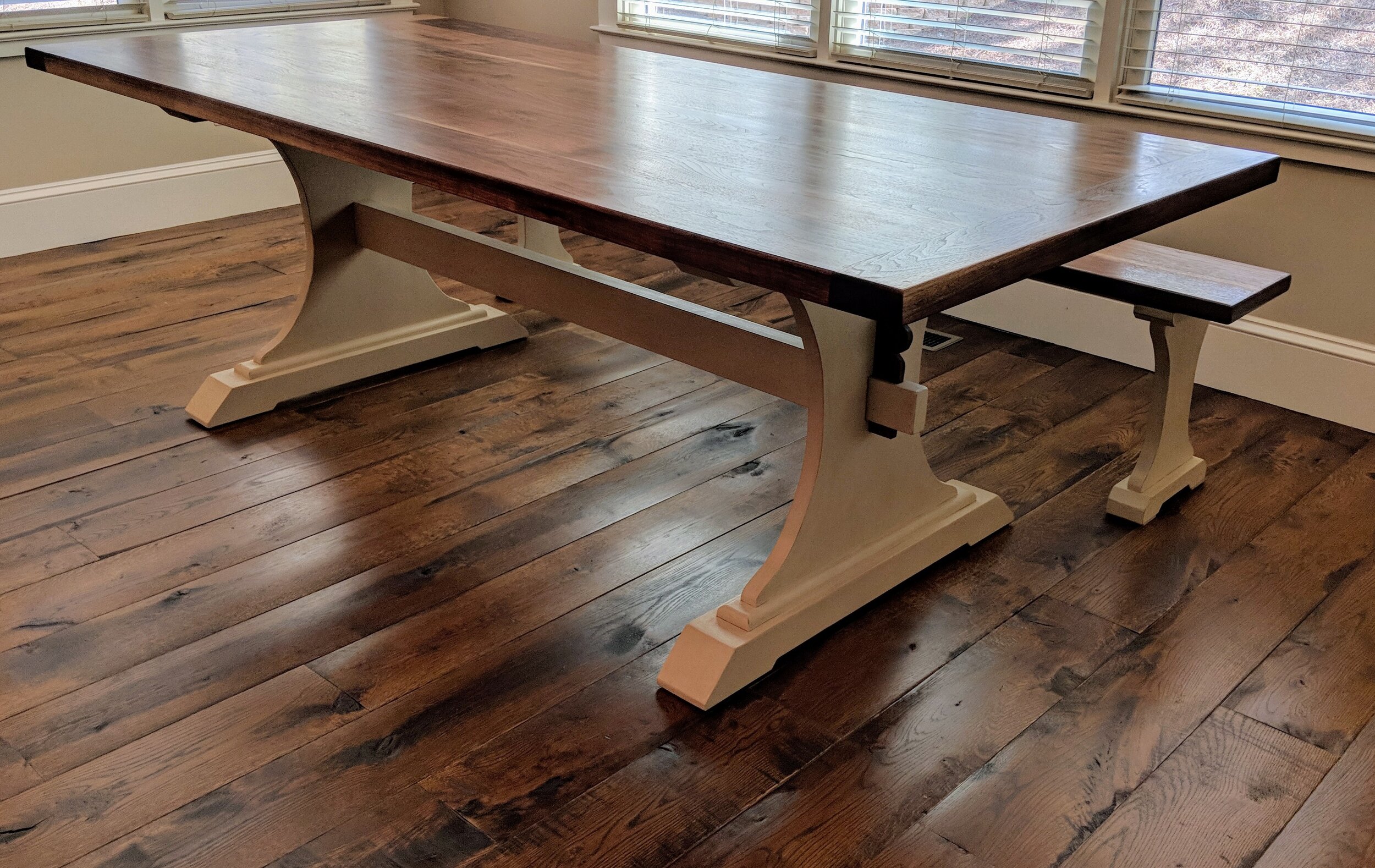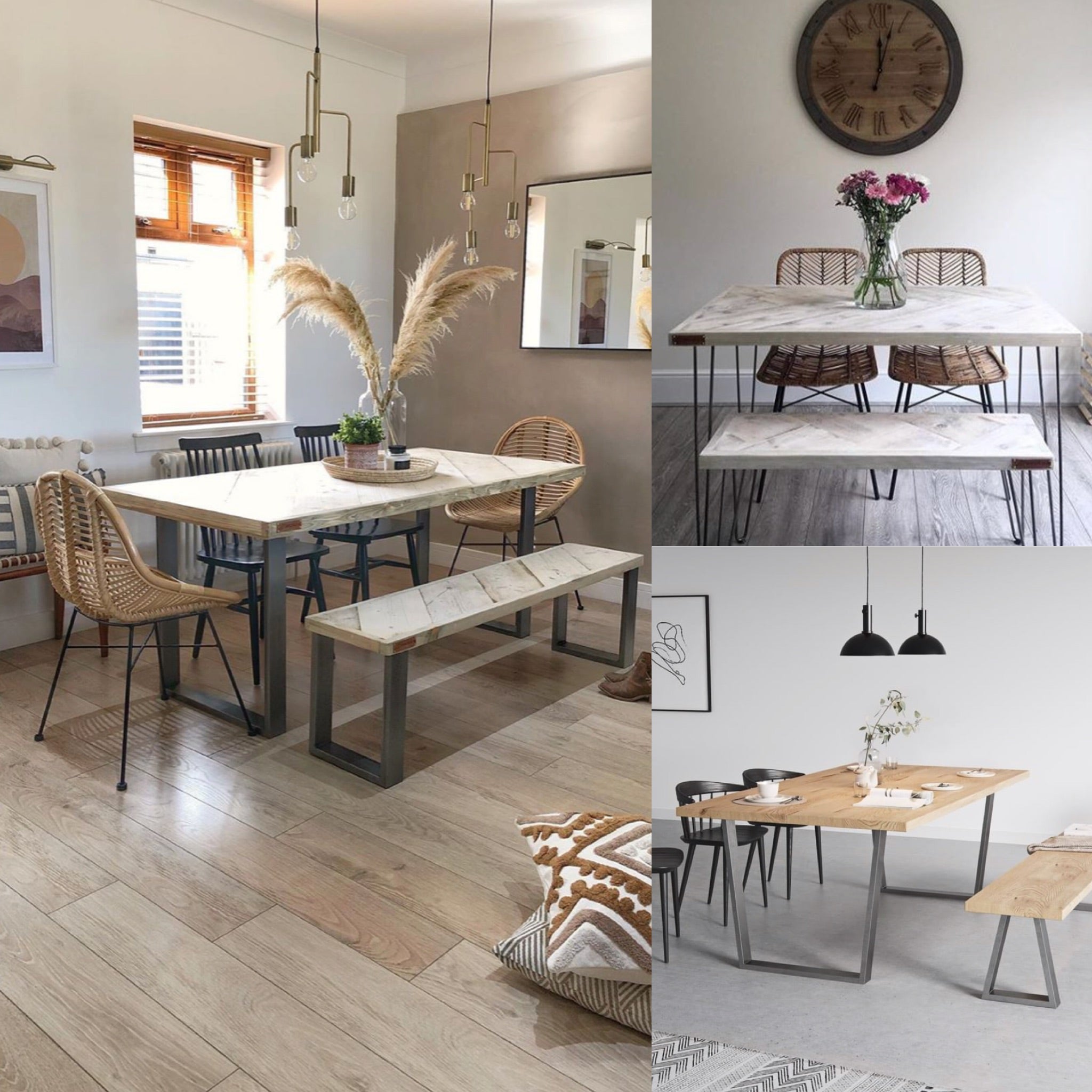Find the Ideal Dining Room Table Legs for Any Interior Design Style
How to Select the Perfect Dining-room Table Legs for Your Home Decoration
Choosing the suitable eating area table legs is a nuanced process that requires mindful consideration of numerous aspects, including your space restrictions, aesthetic choices, and functional needs. The interplay in between styles, dimensions, and materials can dramatically influence the ambiance of your eating location, making it essential to approach this decision methodically.
Assess Your Eating Area
Examining your eating area is crucial for choosing the right table legs that match both appearances and capability. Begin by measuring the measurements of your eating location, including ceiling elevation, floor room, and proximity to other furnishings. This details will assist determine the appropriate dimension and elevation of your eating table, which straight influences the option of table legs.
Next, take into consideration the design and layout of your dining room. An open-concept design might benefit from table legs that offer aesthetic agility, such as slender metal or acrylic options. Conversely, a much more conventional setting might ask for sturdy wooden legs that provide a feeling of permanence.
Assess the existing color combination and products in your dining location. Harmonizing the table legs with these elements produces a cohesive appearance that enhances the general decoration. In addition, consider the functionality required in your room. For instance, if you frequently organize huge events, take into consideration legs that give added support and security.
Inevitably, an extensive evaluation of your eating room will certainly assist you in making an informed decision, making sure that your table legs not just boost the visual charm but additionally serve useful objectives.
Consider Your Style Preferences
When selecting dining-room table legs, it is necessary to show on your personal style choices, as they considerably affect the overall aesthetic of your dining space. Your option of table legs can either complement or comparison with existing decoration, making it essential to straighten them with your recommended interior design motif.
If your home leans towards a contemporary visual, consider smooth metal or minimal wooden legs that offer a tidy, clean look. For an extra typical technique, elaborate wooden legs with intricate carvings can add a touch of sophistication and class. Industrial designs benefit from robust, resources such as reclaimed timber and steel mixes, showing a tough appeal.
Additionally, farmhouse and rustic styles usually favor strong, beefy legs that stimulate a sense of warmth and convenience. Alternatively, if your decoration is eclectic, you might choose unconventional shapes or a mix of materials to create visual passion.

Evaluate Product Options
The choice of product for dining space table legs plays an essential duty in both toughness and visual charm. Usual products include timber, metal, and composite choices, each offering distinctive characteristics that can influence the general look and long life of your table.
Timber is a traditional selection, recognized for its warmth and adaptability. Woods like oak and walnut supply exceptional strength and can be finished in numerous spots to match any type of decoration. Nonetheless, softwoods like ache are a lot more prone to scrapes and dents, making them less perfect for high-traffic locations.
Steel legs, frequently crafted from steel or aluminum, exhibit modernity and industrial appeal. They are immune and extremely durable to put on, making them ideal for family members with children or regular gatherings (dining room table legs). Additionally, steel can be completed in various shades, boosting the personalization possibilities
Composite products, such as MDF or laminate, offer affordability and varied the original source styles. While normally much less sturdy than solid wood or steel, they can still offer an elegant appearance and are typically simple to maintain.
Ultimately, the product you select ought to line up with your way of life, visual preferences, and the level of use your table will experience.
Determine Elevation and Dimension
Picking the ideal elevation and size for your dining-room table is important for both performance and convenience. The conventional height for eating tables normally ranges from 28 to 30 inches, enabling enough legroom for many people when seated. Nonetheless, it is essential to take into consideration the dimensions of your eating area and the kinds of chairs you plan to utilize.
Additionally, consider the proportions of your dining room. A larger table in a large area can produce a grand setting, while a smaller table functions well in more intimate settings. Inevitably, the best elevation and size will certainly integrate with your general decoration and enhance the dining experience for you and your visitors.
Explore Modification Opportunities

Furthermore, the design of the legs can be customized to fit various styles, such as rustic, contemporary, or commercial. For instance, conical legs can evoke a mid-century modern feeling, while chunky, block-style legs might resonate with standard or farmhouse design.
Homeowners can likewise explore shade surfaces, from all-natural timber spots to paint, allowing them to match Clicking Here or contrast with the table top and bordering decoration.
In addition, leg height can be gotten used to suit certain seating setups or personal choices, boosting both comfort and functionality.
Last but not least, distinct embellishments, such as carvings or decorative link brackets, can further individualize the table legs, making the dining experience not just a declaration yet a dish piece in the home. By taking into consideration these modification options, house owners can develop an eating area table that absolutely reflects their uniqueness.
Verdict
Selecting the excellent dining-room table legs requires mindful factor to consider of numerous aspects, including the measurements of the eating area, design choices, material toughness, and wanted elevation. Customization alternatives better enhance the capacity to achieve a natural visual that matches the total decor. By methodically reviewing these components, home owners can make sure that the picked table legs not only meet useful requirements but likewise contribute positively to the eating experience and atmosphere of the home.
Choosing the suitable eating room table legs is a nuanced procedure that requires careful factor to consider of various components, including your room restraints, visual preferences, and sensible needs.Examining your dining area is essential for picking the right table legs that match both looks and capability.When identifying size, gauge the location where the table will be placed to ensure it fits easily, enabling for at the very least 36 inches of clearance around the table for very easy motion. A bigger table in a sizable area can develop a grand ambiance, while a smaller sized table works well in more intimate settings.Choosing the excellent eating room table legs calls for cautious factor to consider of various factors, consisting of the dimensions of the dining area, style choices, material longevity, and desired elevation.